Artículo

The fight against air pollution is now more complicated
The population already knows that the use of oil will continue to cause problems: Matías Tagle del CMM
Caring for people's health and combating climate change are the great struggles against smog. The battle is uneven, especially if you want to attack both problems at the same time.
The city is working at full capacity and, little by little, temperatures are falling. The autumnal colors intermingle with the gray of the sky, which becomes more intense every day. This is part of the postcard that Santiago begins to live every year in this era and that is repeated in cities around the world. While much progress has been made compared to the 1990s, even the war against pollution is not won. The same thing that happens in the rest of the planet. The reasons: the complexity of the problem, some new factors to consider and the concentration of the population. The diagnosis: stable within its severity.
Local measures
On May 2 begins the permanent restriction in Santiago for catalytic cars registered before September 1, 2011. This is one of the measures of the decontamination plan of the capital, which expects to reduce by 60% the emissions and concentrations of material fine particulate for 2026.
She is just one piece of a puzzle much more complex and that nobody has managed to solve at all. "The only way to really reduce pollution is by banning the use of fossil fuels and targeting electric cars, as some European countries are already doing," says Matías Tagle, environmental monitoring specialist at the Mario Molina Chile Center. Although since the 90s -when the situation became aware- much progress has been made, the problem is far from being solved, he adds.
To the mala pass that Santiago plays geography, we must add the growth of the population and its development. The more we advance, the more we consume and the more we contaminate. Therefore, the need to aim for extreme measures. But it is not to arrive and take them. The appearance of new data seems to indicate that the problem is even more complex than previously estimated.
According to United Nations data, 92% of the world population lives in places where environmental pollution exceeds the healthy limits defined by the same agency. While at least 9 million people die annually on the planet because of this pollution.
One of the leading elements in this deadly mixture is the particulate material of size 2.5 microns, the same that aims to reduce the decontamination plan of Santiago. This, along with other aerosols, is harmful to health, so it is sought to eliminate them. The dilemma is that although this takes care of the health of the people, apparently it does not do the same with the one of the planet.
In an editorial published this week in the journal Science, Bjørn Hallvard Samset, director of research at the International Center for Climate Research in Norway, says that eliminating aerosols - from which harmful particulate matter originates - would increase climate change.
The reason is that part of these particles would absorb the sun's radiation, which would cool the atmosphere. In other words, if all these particles were removed at once, the average temperature would rise.
This chemical property of some aerosols has been known for some time, but it is also known that others can reflect sunlight, thus increasing global warming, explains Matías Tagle. "Therefore, not eliminate them would be responsible," he says.
Multiple factors
In that sense, the last word is not said, because besides - as Bjørn Hallvard Samset himself says - the effect of low temperature of the aerosols would be regional. That is, it depends on each city. Even, it is estimated that their absence could also affect the decrease in rainfall. But like everything in the climate, there are too many factors involved in each phenomenon to identify a single culprit.
"Carrying out more detailed studies is not easy, because you need a lot of data that is not always there and very sophisticated models," explains Roberto Abeliuk, an academic at the Faculty of Engineering at the Universidad Andrés Bello.
Written by Lorena Guzmán H.
Vidactual
El Mercurio
Vidactual
El Mercurio






